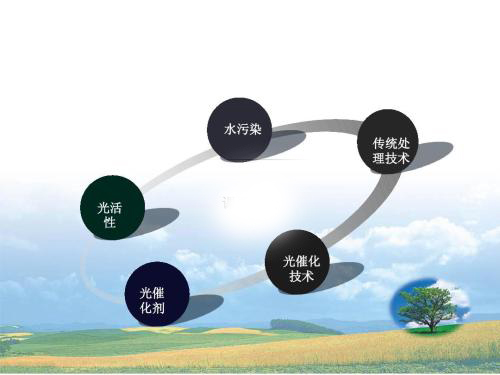Silica Bismuth - Tungstate Composite Photocatalyst
- Details
- Category: Tungsten Information
- Published on Tuesday, 12 November 2019 11:50
Silica bismuth is a typical semiconductor material. Through the action of light, electrons are excited by light to transition and leave corresponding holes, forming electron hole pairs. These photo generated electron hole pairs have strong redox ability and are easy to react with organics and polymers. Due to the narrow band gap, they respond well to visible light;

However, it also increases the recombination probability of photogenerated electrons and holes, and reduces the efficiency of photons, thus affecting the photocatalytic performance of Bi2WO6. Therefore, it is necessary to study the supported Bi2WO6 photocatalyst with high activity, high stability and good recycling performance.
Bi2WO6 is a typical semiconductor material. Through the action of light, electrons are excited by light to transition and leave corresponding holes, forming electron hole pairs. These photo generated electron hole pairs have strong redox ability and are easy to react with organics and polymers. Due to the narrow band gap, they respond well to visible light;
However, it also increases the recombination probability of photogenerated electrons and holes, and reduces the efficiency of photons, thus affecting the photocatalytic performance of Bi2WO6. Therefore, it is necessary to study the supported Bi2WO6 photocatalyst with high activity, high stability and good recycling performance.
Silica bismuth - tungstate composite photocatalyst can effectively treat herbicide 2,4 ‑ D, or phenol, methylene blue, Rhodamine B, methyl orange, heavy metal ion chromium, lead, mercury and other polluted wastewater, which has very important environmental protection significance.
- Tungsten Oxide Manufacturer & Supplier, Chinatungsten Online: www.tungsten-oxide.com
- Tungsten News & Prices of China Tungsten Industry Association: www.ctia.com.cn
- Molybdenum News & Price: news.molybdenum.com.cn
- Tel.: 86 592 5129696; Fax: 86 592 5129797; Email: sales@chinatungsten.com



 sales@chinatungsten.com
sales@chinatungsten.com